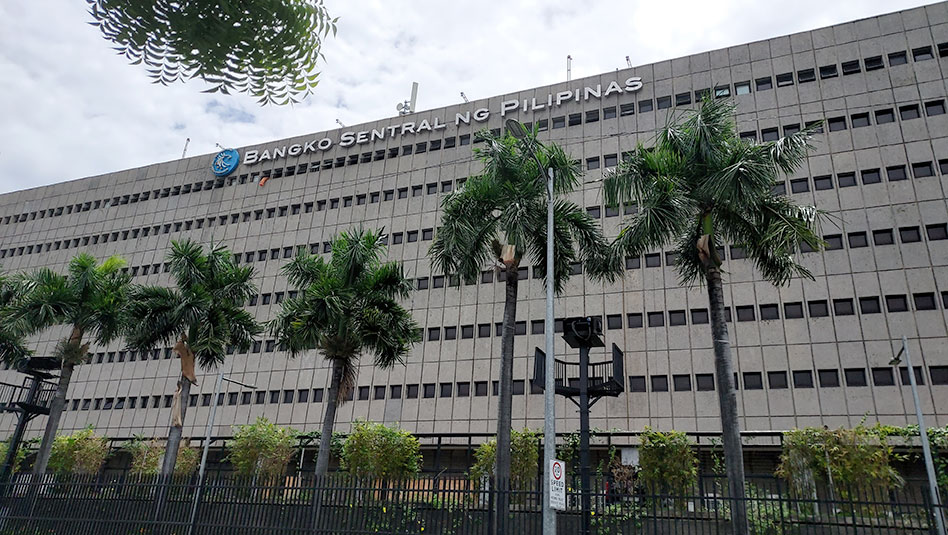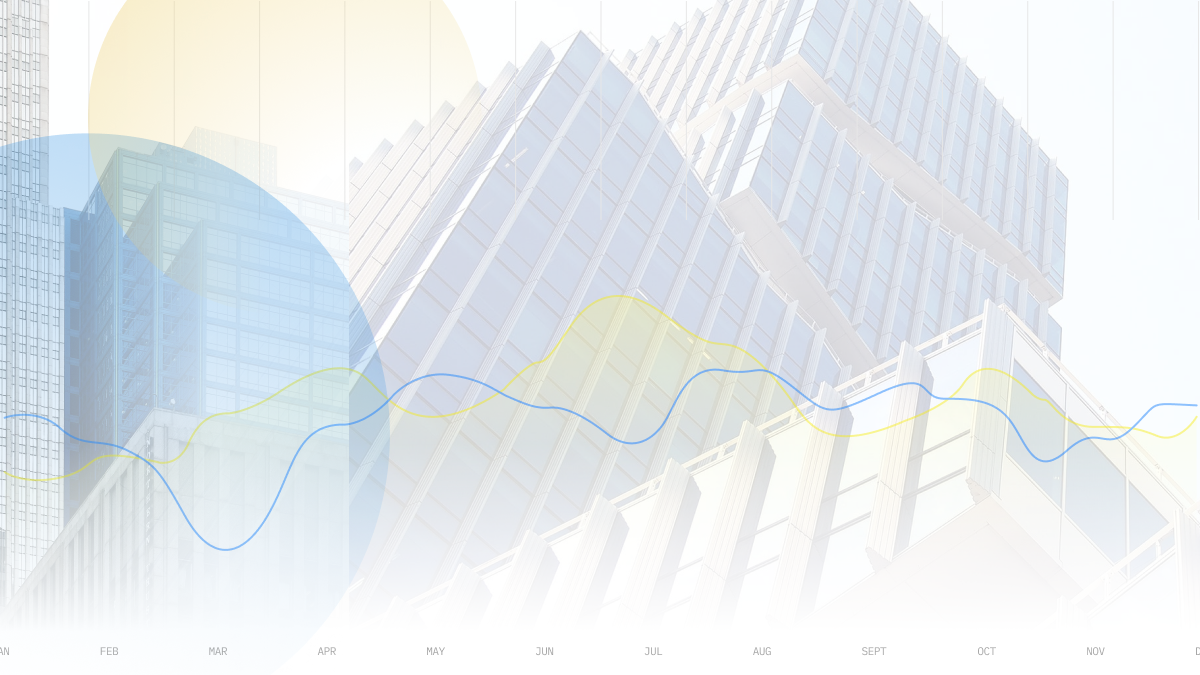




Policy Rate Updates: Closer to BSP’s Goldilocks moment
 DOWNLOAD
DOWNLOAD

Inflation Update: Speeds up but remains below target
 DOWNLOAD
DOWNLOAD

Monthly Economic Update: Fed back on track
 DOWNLOAD
DOWNLOAD



POLL-Philippine c.bank to hold rates through 2022 but earlier strike possible
By Vivek Mishra
BENGALURU, Nov 16 (Reuters) – The Philippine central bank will hold interest rates steady for more than a year as a sluggish economic recovery keeps a lid on underlying inflation, according to a Reuters poll that had a significant minority of economists expecting a hike by end-2022.
As economic growth is yet to return to pre-pandemic levels in the Southeast Asian nation, respondents to a Nov. 9-15 survey predicted the Bangko Sentral ng Pilipinas (BSP) would leave its benchmark rate PHCBIR=ECI at a record low of 2.0% at its Nov. 18 meeting and through the end of next year.
“We see no reason for the BSP to shift from its current accommodative stance,” said Sanjay Mathur, chief economist at ANZ.
However, a significant minority, six of 14, forecast a rate hike of at least 25 basis points by the end of third quarter next year, including two who said it would come in the second quarter.
“We expect the Bank to consider tightening some time in H1 2022, after a considerable number of positive GDP data points give palpable evidence the recovery is sustainable as we inch closer to 2019 levels,” said Nicholas Mapa, senior Philippines economist at ING in Manila.
The Philippines, which suffered one of Asia’s worst outbreaks of the pandemic, slashed its growth target this year to 4%-5% from 6%-7%. But the revised outlook is still a sharp turnaround from last year’s record 9.6% contraction.
A steady decline in average daily infections from a peak of over 18,500 in September has enabled the government to gradually ease curbs, with more businesses allowed to reopen, helping the economic recovery gain some momentum in recent months.
“Yet there are pockets of worries,” said ANZ’s Mathur. “A high un/underemployment (rate)…and lower household savings, unless reversed soon, could keep consumption demand muted for a prolonged period.”
Like many other central bankers, Governor Benjamin Diokno has deemed current elevated inflation as transitory and so the central bank has ample room to continue its easy money policy as tightening too soon would be more harmful than waiting.
Philippine inflation rose to 4.6% last month from a year earlier and averaged 4.5% in the January-October period, above the central bank’s 2%-4% target range.
Driven by supply-side pressures and higher oil prices, similar to that in most major economies, inflation is likely to remain high for a while. But the BSP expects it to return within the target band in 2022 and 2023.
However, pressure to not veer too far from the U.S. Federal Reserve’s expected monetary policy tightening will eventually take centre stage in policy decisions in most major Asian central banks next year. ID/INT
“Any Fed rate hike…by 2022 could lead to corresponding rate hikes by other central banks around the world that usually follow (the) Fed to maintain healthy interest rate differentials and better manage the economic recovery,” said Michael Ricafort, an economist at Rizal Commercial Banking Corp in Manila.
(Reporting by Vivek Mishra; Polling by Devayani Sathyan and Md. Manzer Hussain; Editing by Ross Finley and William Maclean)
((Vivek.Mishra@thomsonreuters.com; Twitter: https://twitter.com/Reuters_Vivek))
This article originally appeared on reuters.com





 By Reuters
By Reuters